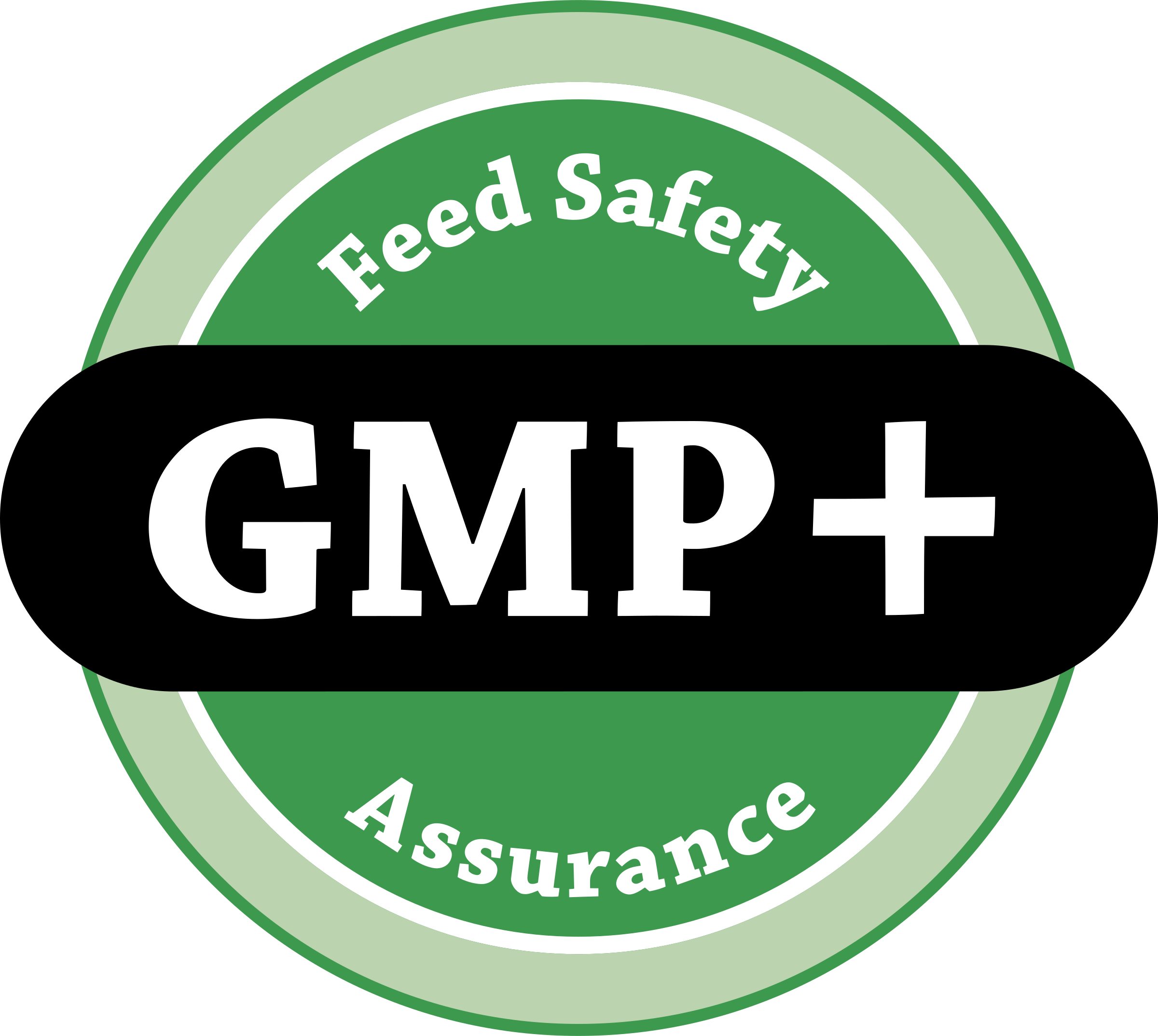Vidanga
Botanical name – Embelia ribes Burm. F.
Family – Myrsinaceae
Common Names
English – False black pepper
Hindi – Baibidang
Sanskrit – Vidanga
Parts used – Fruits
Distribution
- The plant is distributed in India, Sri Lanka, Singapore and Malaysia.
- In India it is mainly found in Western Ghats and Eastern Himalayas, hilly regions of Arunachal Pradesh, Assam, Bengal, Orissa, Andhra Pradesh and Madhya Pradesh. In North East region, it is commonly distributed in Arunachal Pradesh, Meghalaya and Mizoram in the altitudinal zone of 500 to 2500 msl.
- It is a red listed climbing shrub found in the semi-evergreen to evergreen forests of India, Sri Lanka, Malaysia and China. The species is also reported to be vulnerable in the Western Ghats of Tamil Nadu and Karnataka states of India and at lower risk in Kerala state.
Chemical constituents
- Embelia ribes contain Embelin(2,5-dihydroxy-3-undecyl-1,4-benzoquinone) a naturally occurring alkyl substituted hydroxy benzoquinone, & Quercitol, Fatty ingredients, Alkaloid -Schristembine, a Resinoid, Tannins and minute quantity of volatile oils.
- The Vilangin compound was extracted from the dry ripe berries of E. ribes plant .
- The other constituents isolated are volatile oils, fixed oil, phenolic acids such as Caffeic acid, Vanillic acid, Chlorogenic acid, Cinnamic acid, o-cumaric acid from the berries of ribes plant.
- The new compounds detected from the seeds are Embelinol, Embeliaribyl ester and Embeliol.
- The embelin is found in the fruits, it also contains components like Potassium embelate, 2-5 dihydroxy-4-undecyl-3-6-benzoquinone, quercitol and fatty ingredients .
- The seeds also contain Cr, K, Ca, Cu, Zn and Mn along with carbohydrates, steroids, cardiac glycosides, alkaloids, anthraquinones, tannins and phenolics.
- The stem and leaves contain Embeliphenol A and Embelanide
Uses of Vidanga
Anthelmintic Activity
The ethanolic extract isolated from the fruit part of the plant showed an anthelmintic activity up to 93% against gastrointestinal nematode larvae named Haemonchus contortus.
Antidiabetic
The aqueous extract isolated from the fruit of the E. ribes plant was examined for Antidiabetic activity. It showed a significant reduction in the heart rate, systolic blood pressure, blood glycosylated hemoglobin, blood glucose, serum lactate dehydrogenase, creatine kinase and increase in the blood glutathione levels .The Ethanolic extract isolated from the fruit berries showed a decrease in the blood glucose level, heart rate, systolic blood pressure. It was also revealed that the Ethanolic extract decreased the pancreatic thiobarbituric acid reactive substances in the pancreatic tissues.
Analgesic
The embelin component and its salts shows analgesic activity in which Isobutyl amineembelin showed the significant analgesic property. The potassium embellate acts centrally to create an analgesic effect that is not antagonized by naloxone indicating a different central site of action. Due to its high oral efficacy and non-narcotic property, this plant is more accepted than morphine. The Potassium Embellate is highly considered for its analgesic property because of its fewer side effects, high therapeutic index, absence of abstinence and long-term safety.
The analgesic activity of potassium embellate is due to the involvement of mu and kappa binding sites in the brain. The mono and dipotassium salts of Embelin showed higher analgesic activity in visceral evoked response when compared with thermal evoked responses. It was also detected that Potassium Embellate possesses a strong affinity for the kappa type of opiate receptors. In another study, the effect of potassium embellate on neurotransmitter was observed where the drug significantly affected the levels of Noradrenaline and Acetylcholinesterase activity.
Wound Healing
The Ethanolic extract and Embelin compound isolated from the leaves of E. ribes plant was examined for the wound healing activity by excision, incision and dead space wounds. A significant wound healing activity was observed in the Embelin treated groups where the epithelialization of the incision wound was faster with the high rate of wound contraction. The tensile strength of the incision wound was significantly enhanced than the ethanol extract. In the dead space wound model, the weight of the granulation was increased indicating an increase in collagenation.


